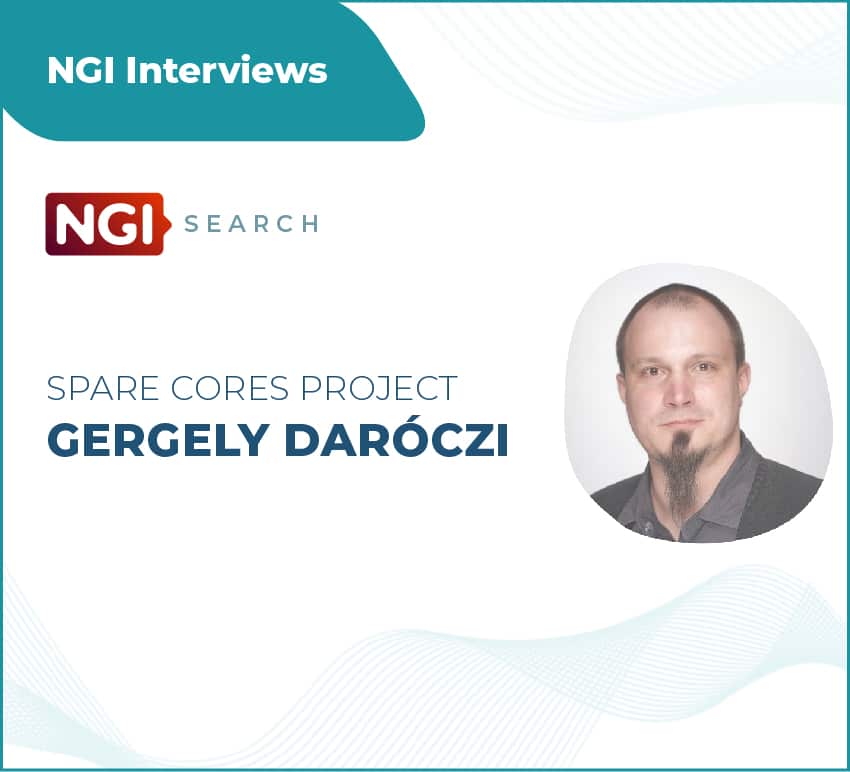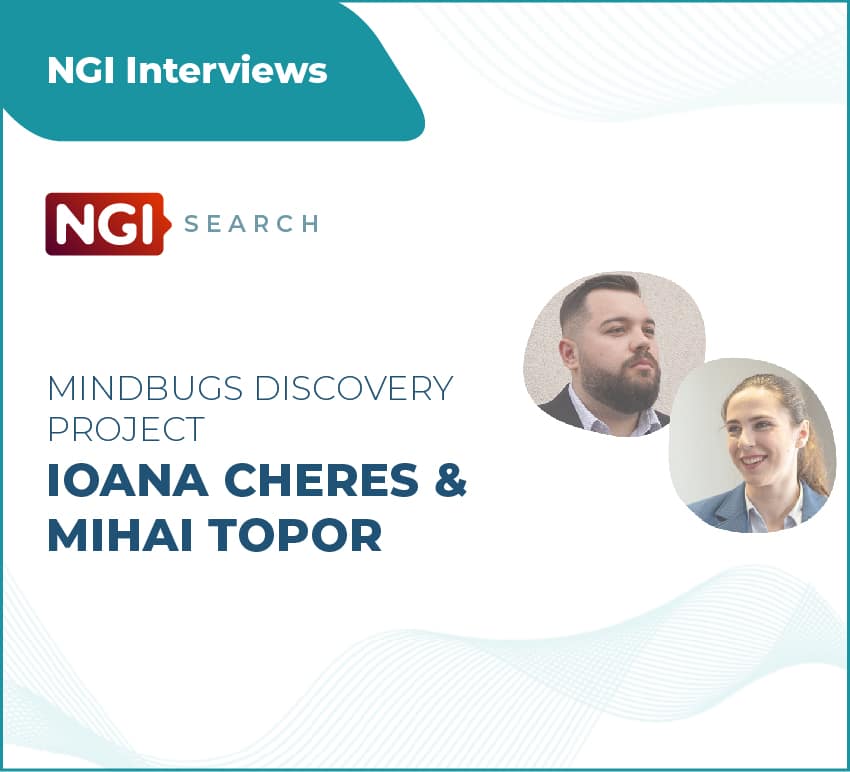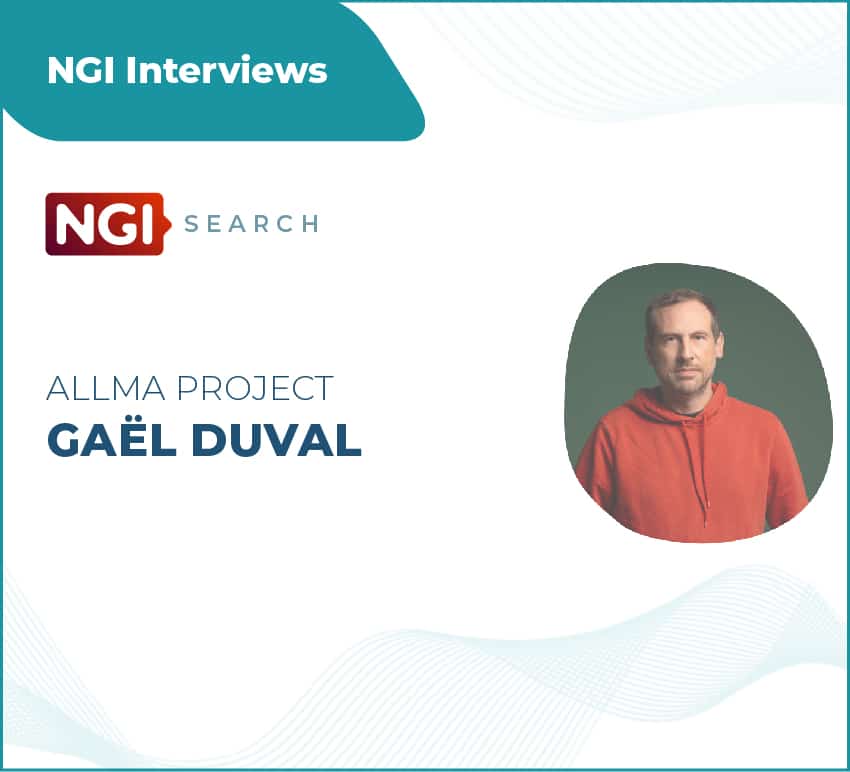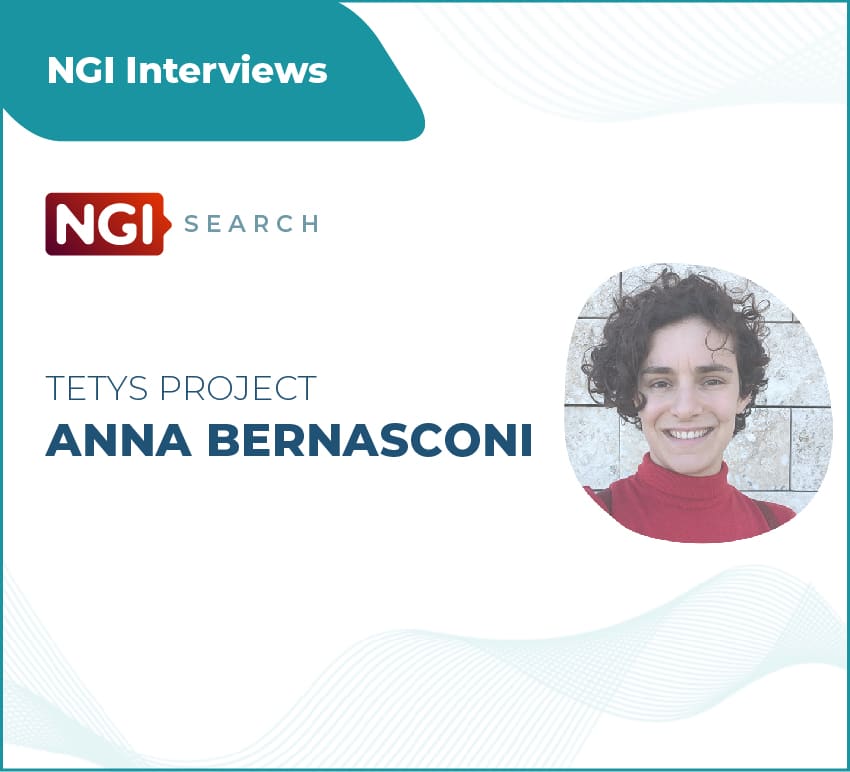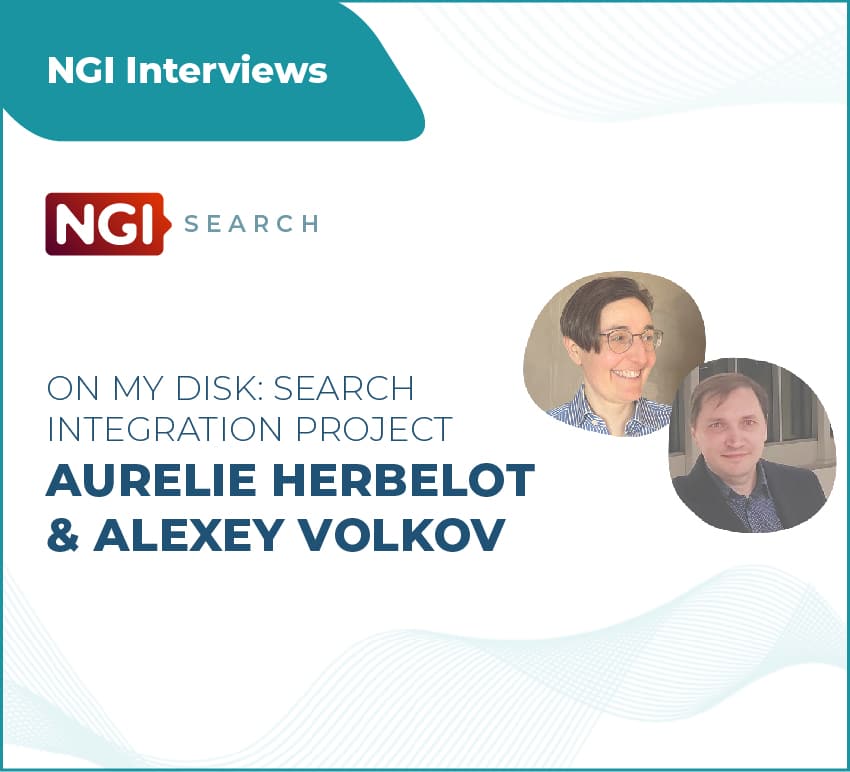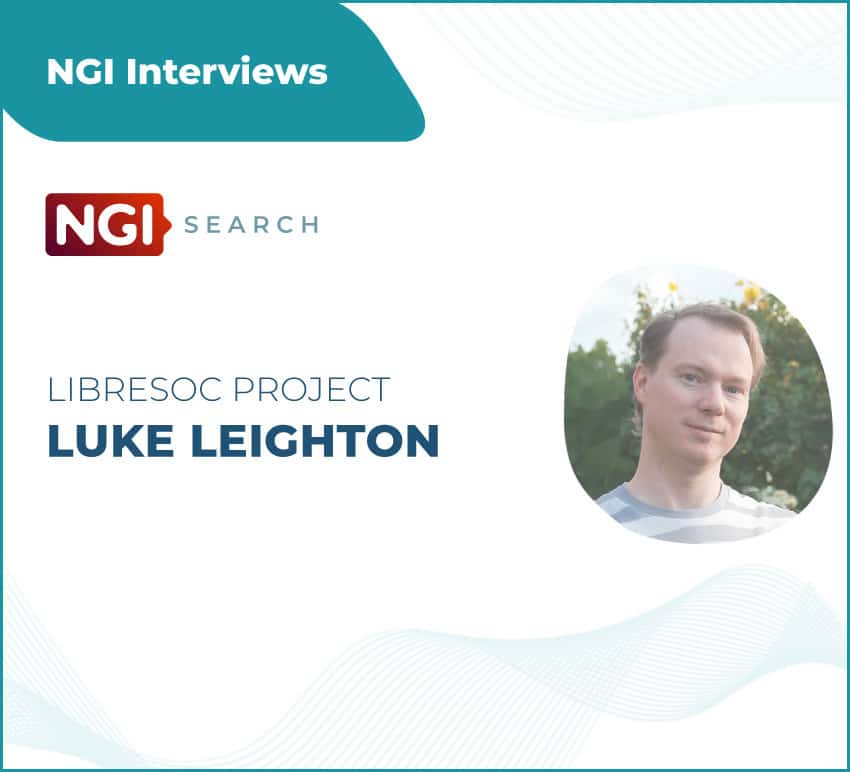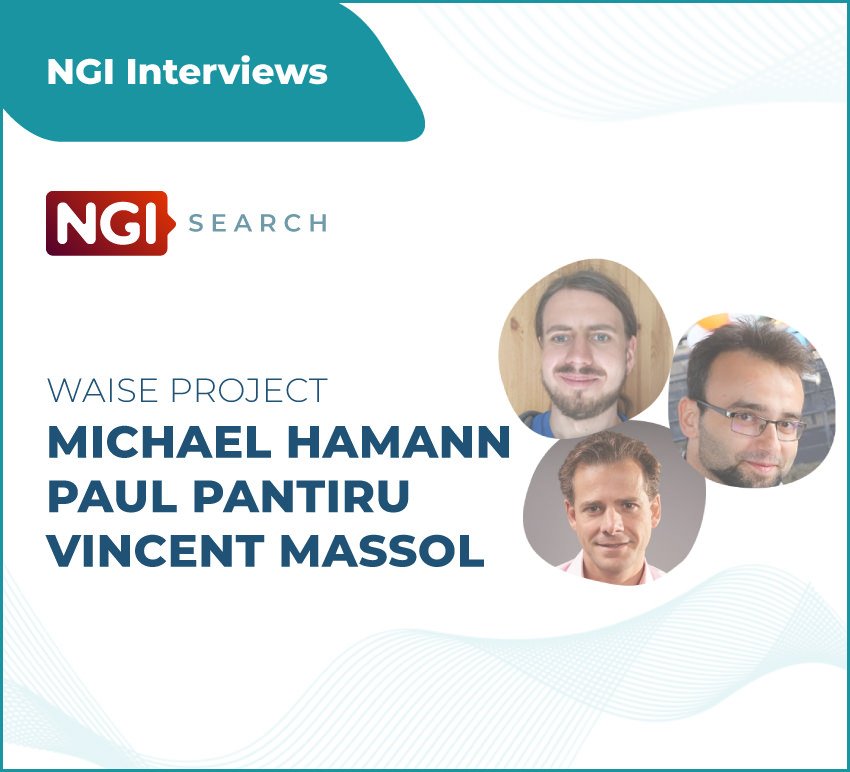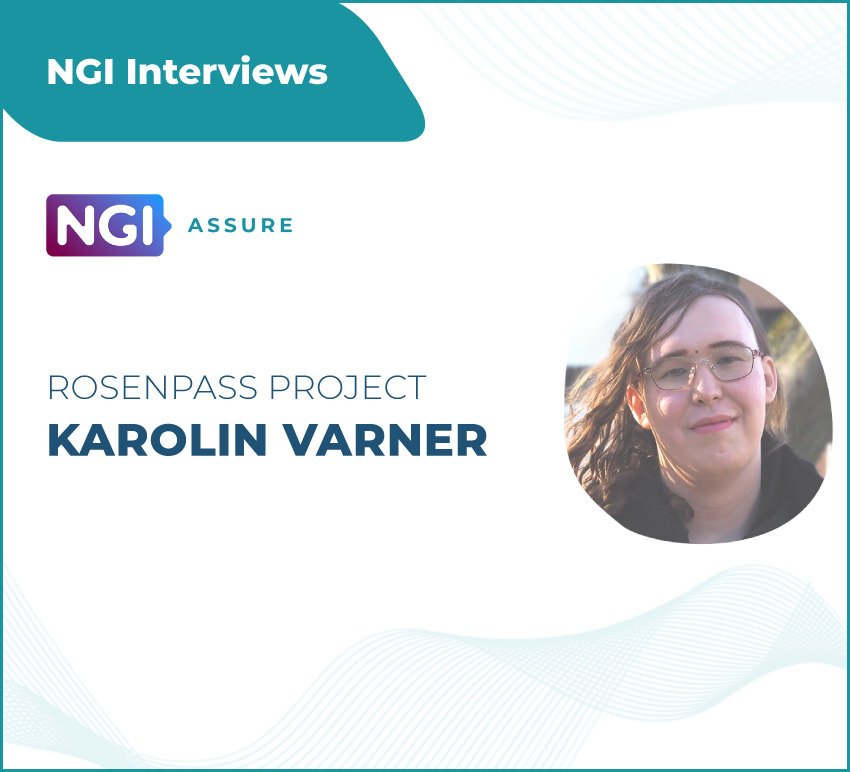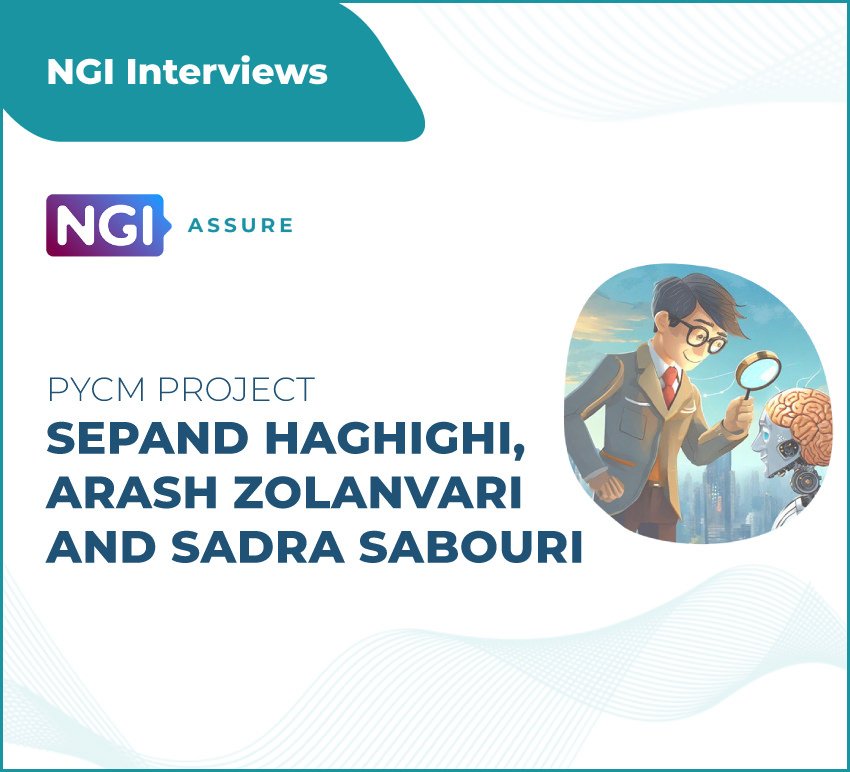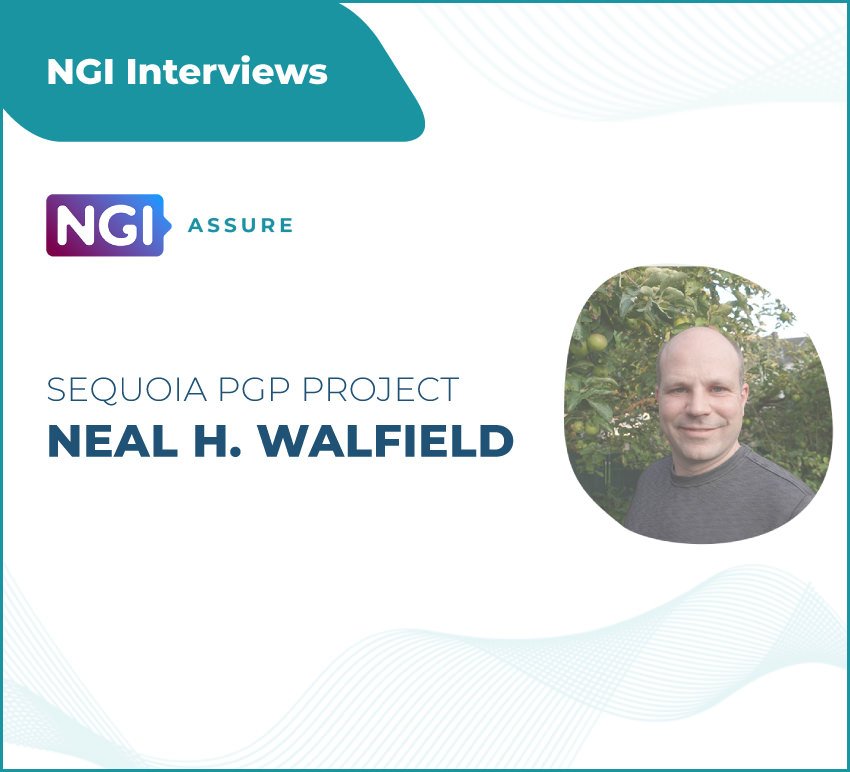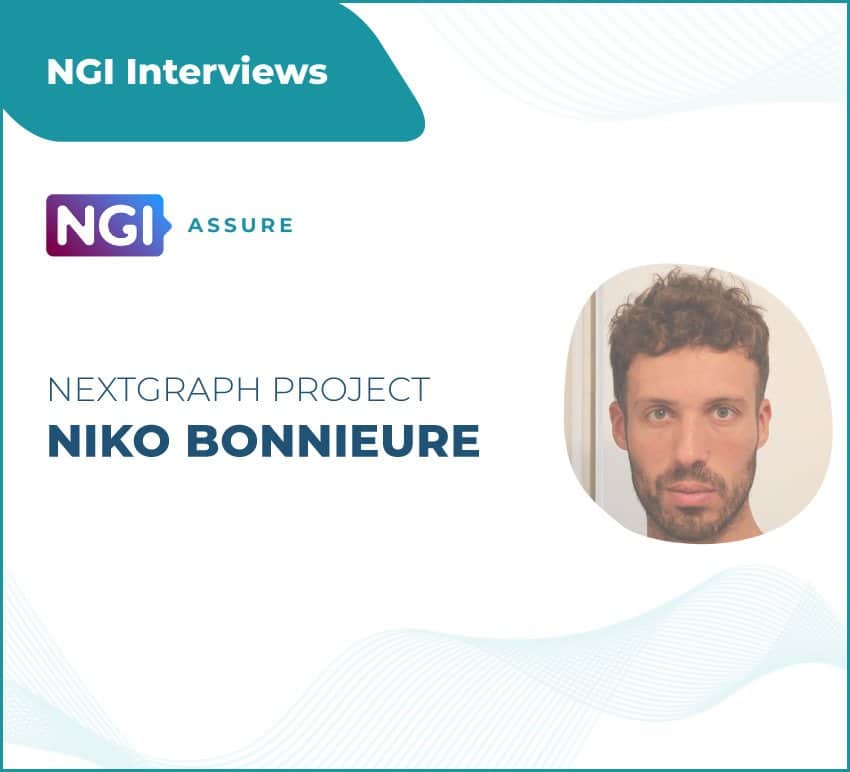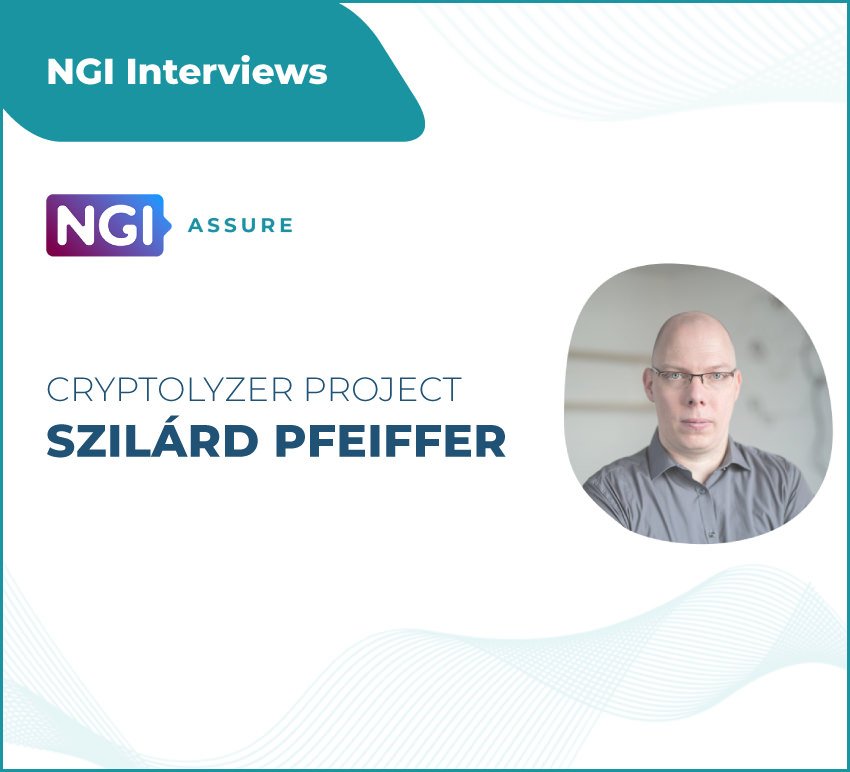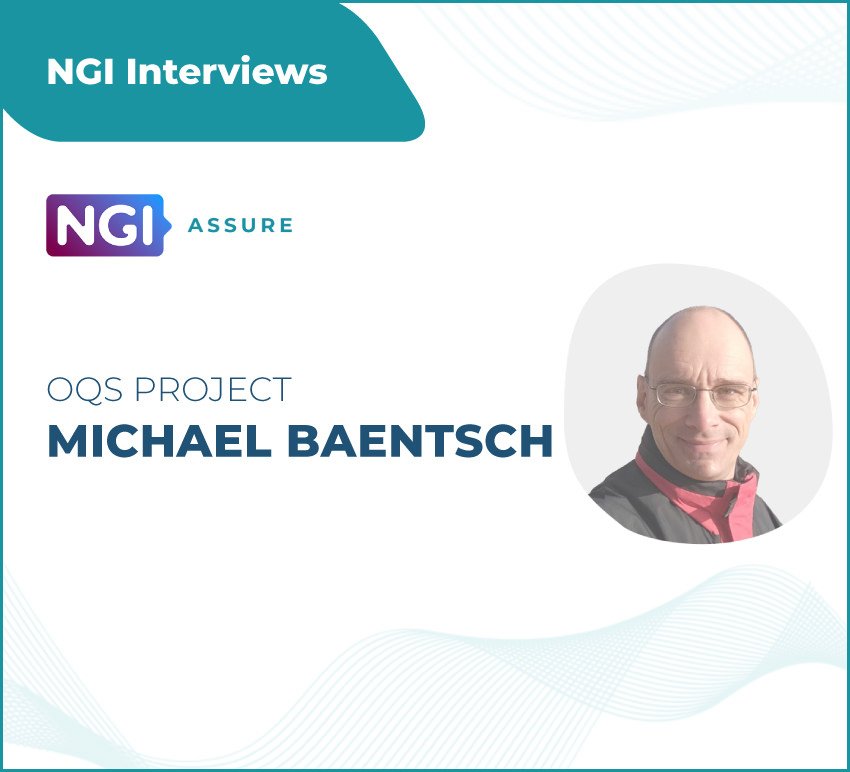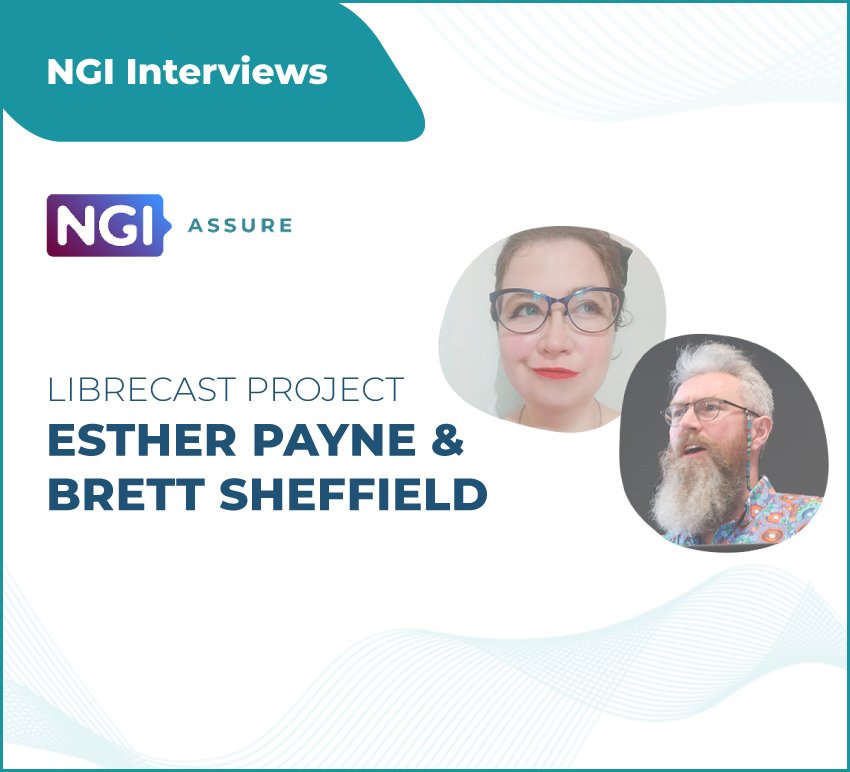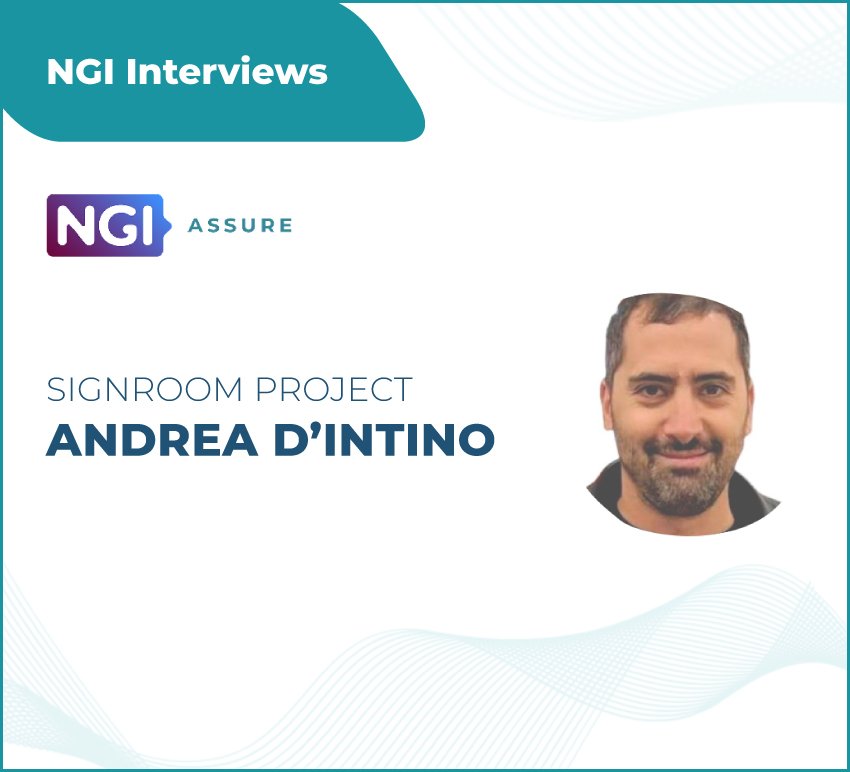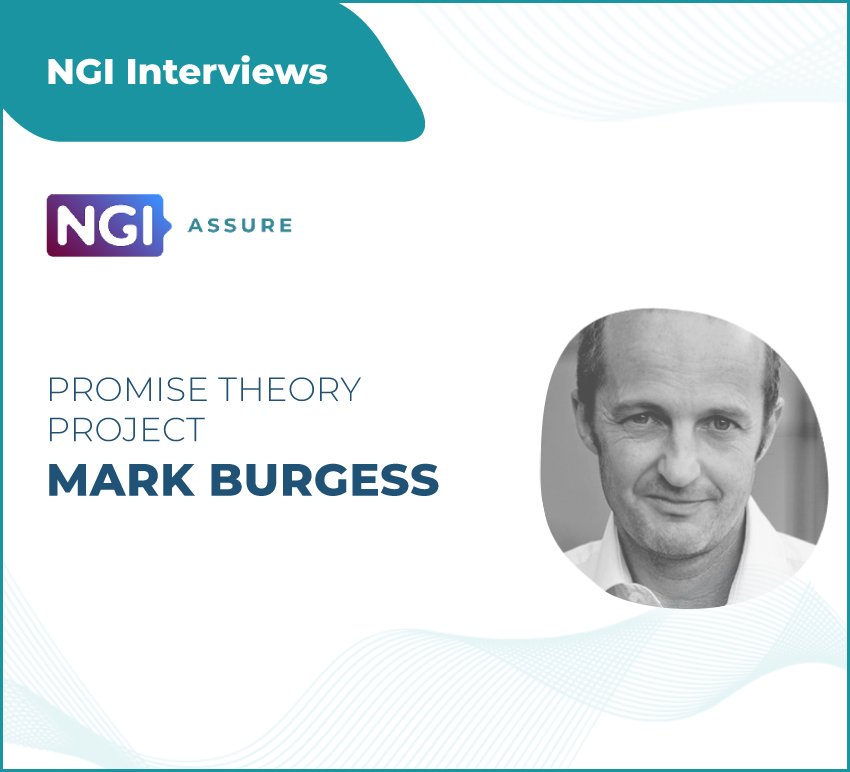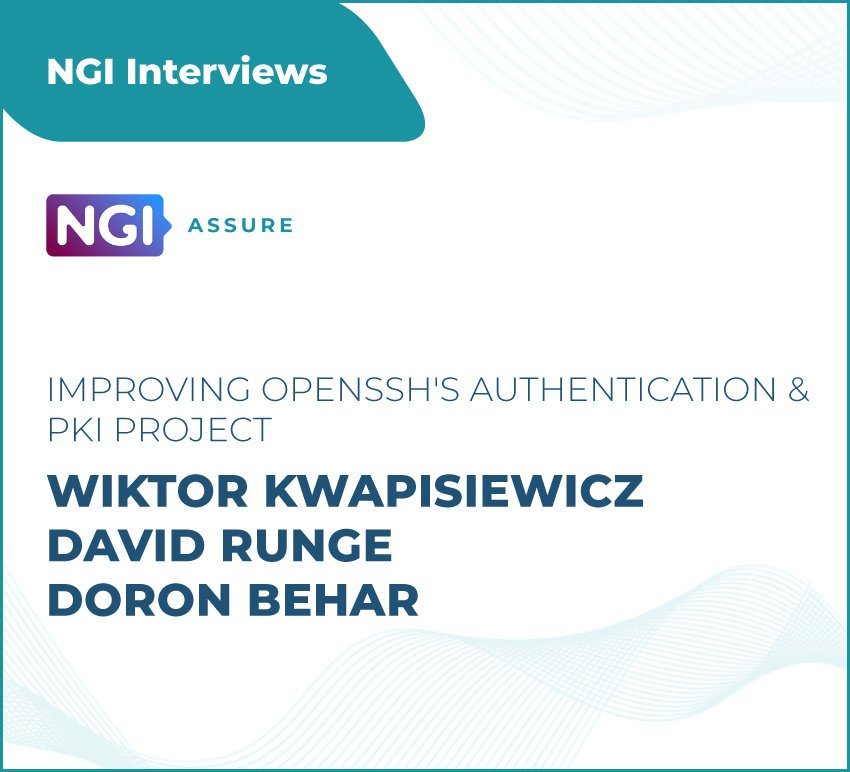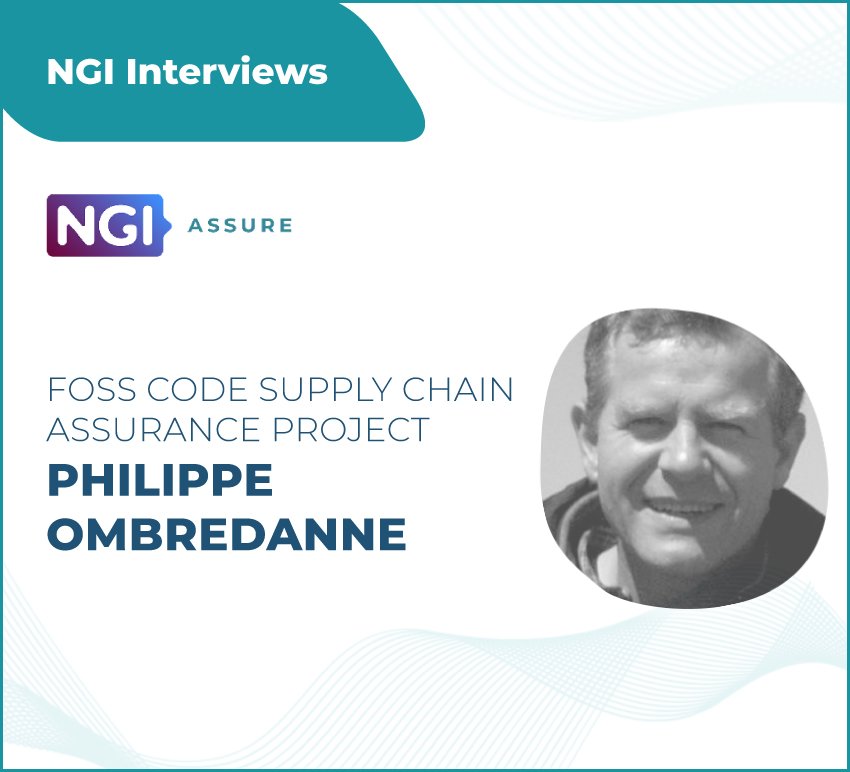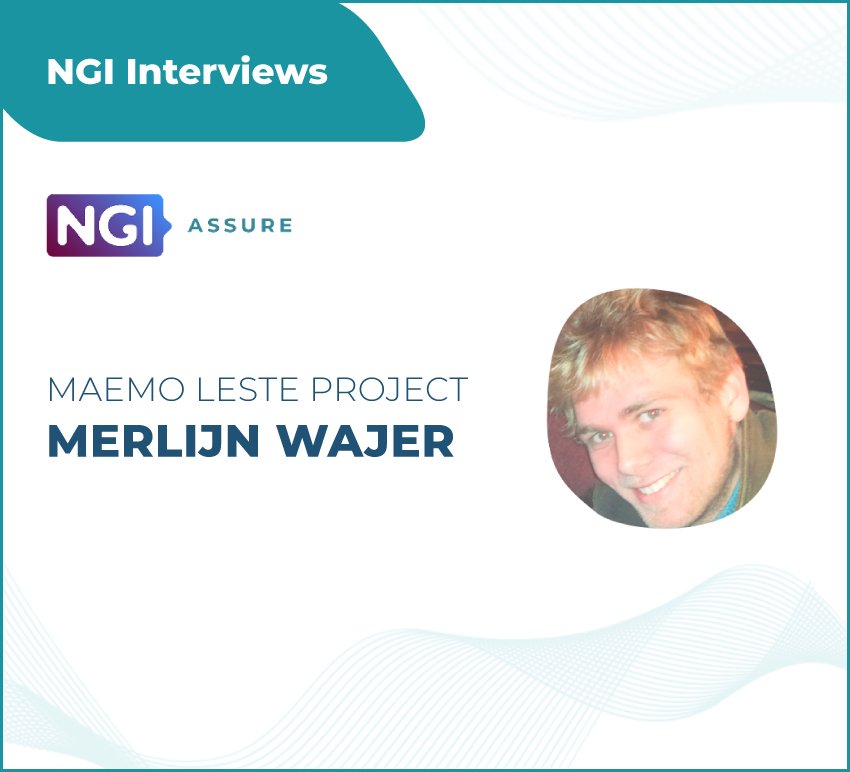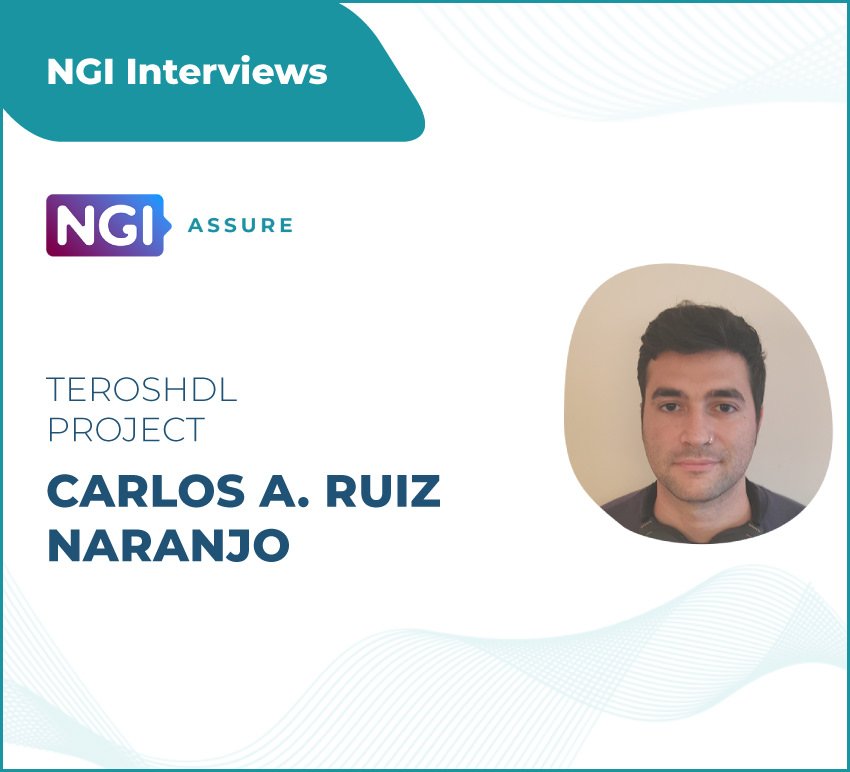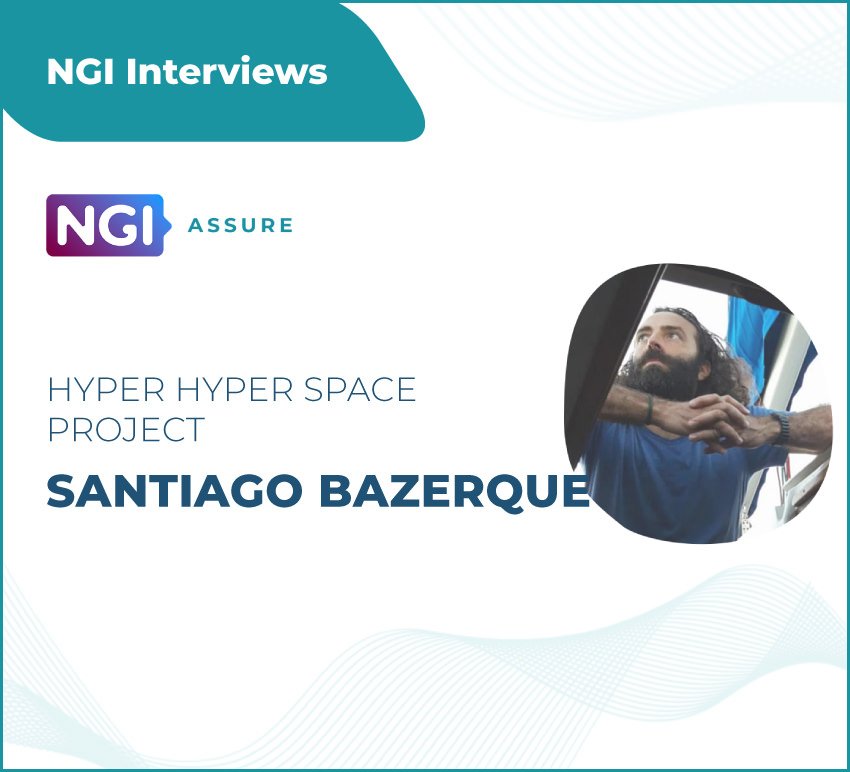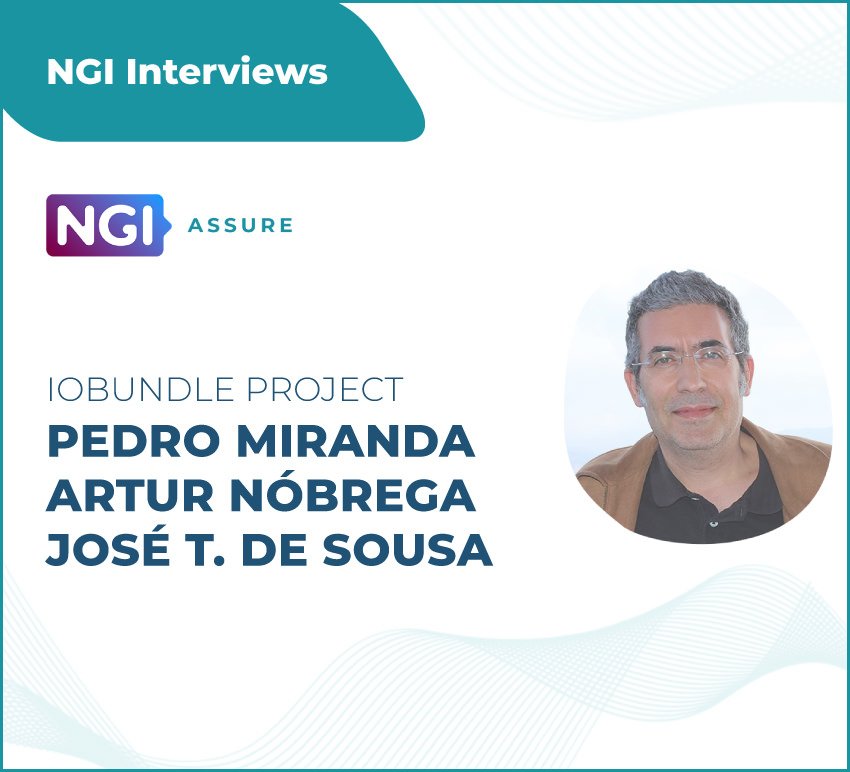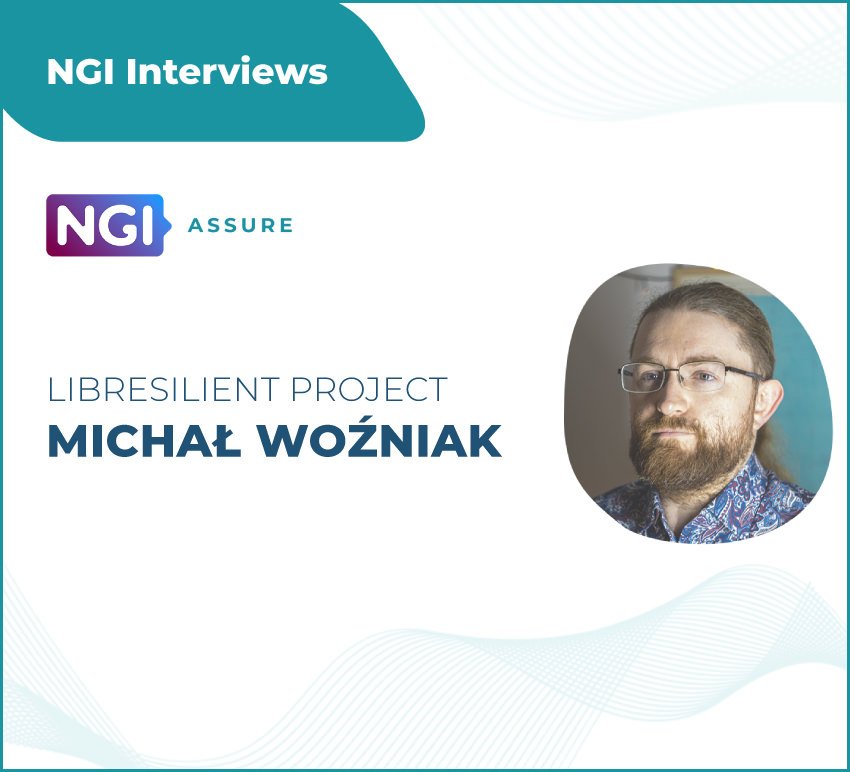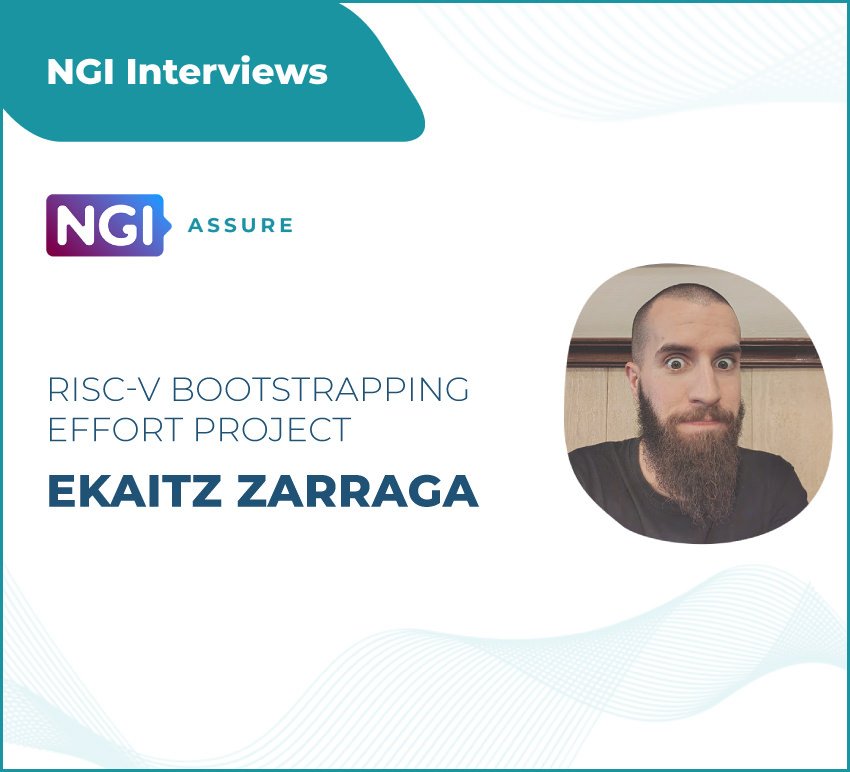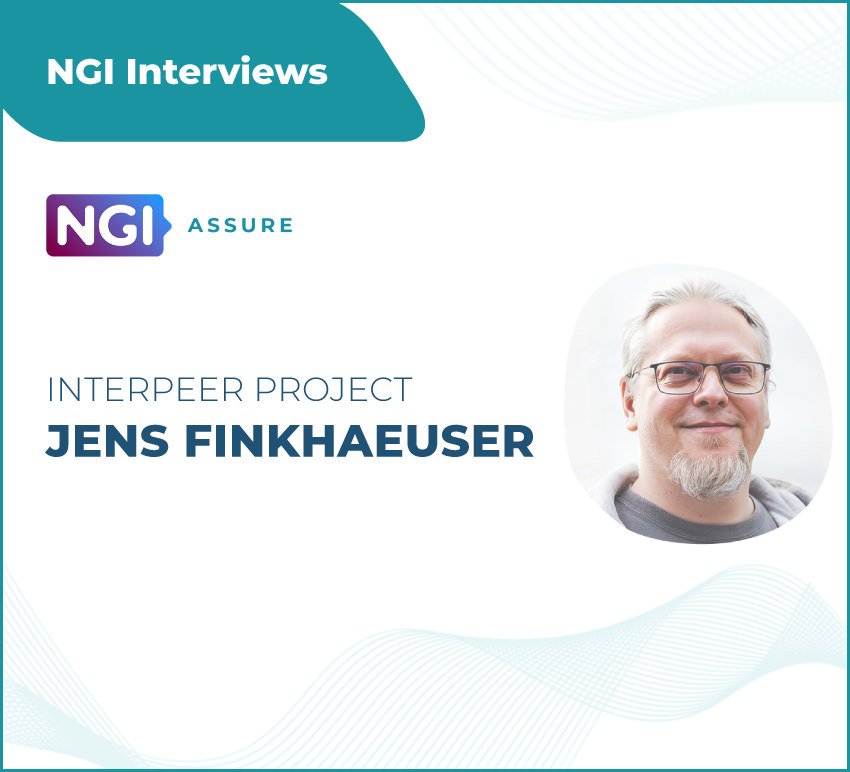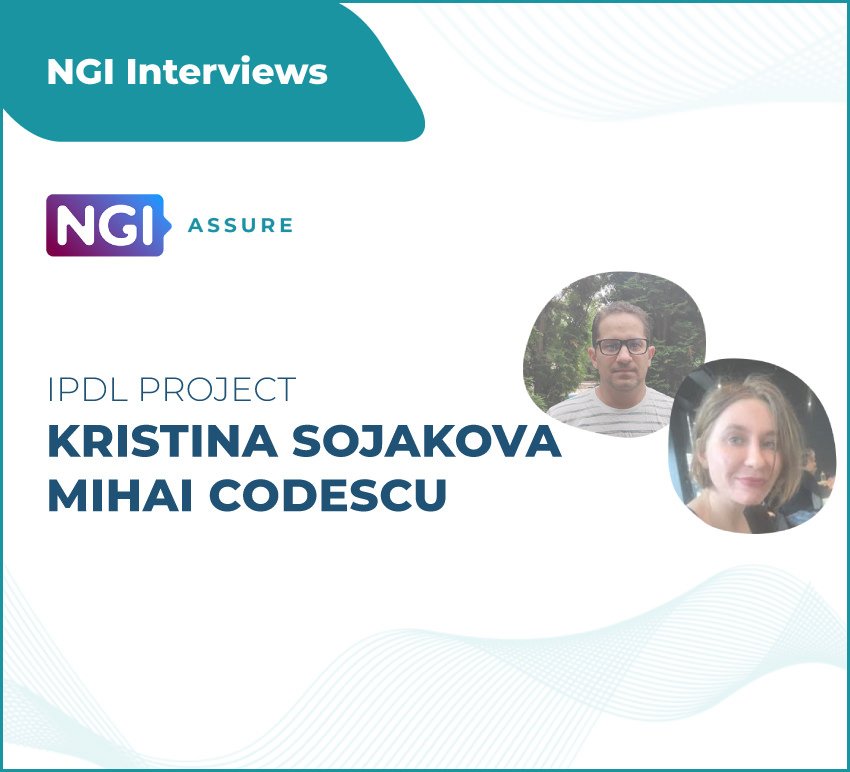
“Search-a-licious” PROJECT
🤔Have you ever considered how much time you’ve spent choosing the most suitable product for your dietary preferences?
🥳 If your answer is positive and you are overwhelmed by the results, this content will perfectly match you.
In this interview, you’ll learn about Open Food Facts and its mission to help you make those choices more efficiently and consciously. They’re changing the game by creating transparency in the food industry, offering insights into Nutri-Scores, eco-friendly options, and much more.
So, let’s dive into the world of Open Food Facts and explore their innovative approach to food information and choices.
Can you introduce yourself and your company, and explain what makes you different?
Did you ever feel lost in front of a supermarket shelf searching for the best biscuits that fit your choices, like being healthier and environmentally friendly? Open Food Facts wants to help everybody make those choices more efficiently and consciously.
Indeed, changing our food consumption habits is a high priority for both health and the environment. We do it by creating more transparency in the food industry or on food products and making this information accessible to as many people as possible. It is a collaborative project where everyone’s contribution counts.
I am Alex, and I joined the project two years ago. I have a lot of experience developing software around data and getting the most value out of it. At Open Food Facts, I participate in development, infrastructure and engaging with the tech community of many volunteers worldwide.
What services or products do you offer?
People can use our mobile app and website to get information about food products. Scan a product barcode to get its Nutri-Score, nutritional score, and Eco-Score environmental footprint.
We also help producers contribute their data directly and get advice to improve their recipes🚀
Many other projects also re-use our database:
✅ Applications to help you follow a vegan diet, find food adapted to newborns, calorie tracking apps, handle food stocks, and many more.
✅ It also helps researchers: it is cited in over 100 published scientific papers. Thanks to this database, the EREN French laboratory can get precise information to follow a colossal cohort (175,000 participants) in the long term to assess the impact of diet on our health.
✅ We are a digital common.
What milestones have you achieved so far since your project launch?
Open Food Facts is already the most extensive open database on food. We had a systemic role in helping shape and spread the Nutri-Score, now adopted by 6 European countries. This package information is essential because it reaches a substantial population. We are proud that we pioneered and popularized such tools.
We created the very concept of the collaborative barcode scanning app in 2012. This helps millions quickly choose the best products according to their preferences and long-term goals. Our database is rich in 3 Million products in 160 countries collected by more than 20,000 contributors and used by 3 million people monthly.
What have you achieved with your idea thanks to the NGI Search project?
Every year, there are 34 million searches on our website, but most are from external search engines; only 2% are on our search engine. Because it’s ageing, it needs to be faster, more relevant, and easier to use correctly.
When searching for food products, there are many criteria: you might have allergies, follow a specific diet, care for environmental impact or have ethical concerns.
The NGI Search project allows us to make search fast, relevant and easy to use in many languages, which will be of tremendous added value to many users on our app or re-user applications.
A flexible search engine with good rendering capabilities and visualizations is also handy for researchers, policymakers, journalists and NGOs to get insight into the food offer and its implications.
What are your goals for the middle/long-time future?
We want to continue growing our database and facilitate a friendly ecosystem of users and re-users. We would also like the community to grow worldwide and have self-sustained local communities.
Besides maintaining what we already have, which is an essential duty, there are still tons of use cases that the database can help address. We want to add more data and educational content and help as many as possible. We already bootstrap some databases around pet food, cosmetics and even all products, which we would like to help grow to replicate what we did for food to other domains, bringing the benefits for health, the planet and society.
Do you have any advice for those who are looking for public funding?
✅ First, you must build step by step, release and communicate from the start; if people see what you are making, they will understand it better. Open Food Facts was a volunteer project with a small team of motivated people for a long time.
✅ Second, meet many people in your ecosystem to talk about your project and learn about their needs and alternatives from them. Be open to contributions to create a community of contributors and beneficiaries. Having a larger vision will make it easier to explain to an institution why your project matters and how it aligns with its values and agenda.
✅ From your starting point, propose an ambitious project; don’t self-censor.
Be organized: create a one-pager or booklet with the why, what, current and past sponsors, and potential projects to finance.
✅ Keep your values and create a vibrant community to make the project sustainable in the long run.
👉 Learn more about this project by clicking here.



